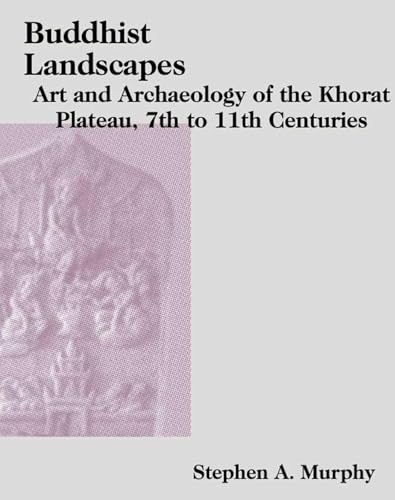The department of Archaeology and Anthropology at the University of Rome is calling for papers for a monograph on the “Social, Economic and Symbolic Perspectives at the Dawn of Metal Production”. Although I suspect that many of the expected papers will follow the european notion of metal age progression, it might be an interesting avenue for scholars in Southeast Asian archaeology to use similar themes in addressing the way metal production was instroduced in this region. The deadline for papers is on 1 Dec 2007.
“Social, Economic and Symbolic Perspectives at the Dawn of Metal Productionâ€
The beginning of metal use in prehistoric communities has brought about important economical and social changes whose dynamics still remain partially unknown.
The transformations related to the “discovery†of metal artifacts have an early beginning:as a matter of fact, it is ascertained that the first proof of copper treatment can be traced back to final Neolithic.
Since that time, such material has been gradually playing an important part in the life of farmers and herders. The use of metal tools has changed their habits and, slowly, the role that stone and osseous industries have played until that time.
The scarcity of metal findings in Copper and Bronze Age archaeological sites, except some funerary contexts which reflect a specific social context, makes alternative sources essential in order to shed light on some important questions:
Have metal artifacts been conceived as daily-life tools since the beginning or have they been played an exclusively ritual and symbolic role, as status symbols?
How long have stone and bone tools maintained their quality of daily life tools?
How far the way of making stone and osseous tools has been affected by the use of metal implements? Has the introduction of metal artifacts altered the social meaning of some categories of stone/osseous tools?
Has the introduction of metal artifacts restricted their social role? Has the introduction of morphologically “new†metal tools brought about the restoration of the “making†only (gestures related to the use of different tools) or of the “thinking†also, (cognitive categories associated to specific cultural choices)?
How far a comparison with ethnographic societies can enrich the interpretation of archaeological record, especially the ones related to the first contact between “traditionalâ€groups and western metal technology?
In order to make a point and to promote the discussion on questions related to the introduction of metal in prehistoric times, all researchers involved in technological and functional studies on knapped, polished, heavy duty stone tools and osseous industries, as well as archaeozoologists and ethnologists are kindly invited to present their contribution on this theme.
Interdisciplinary papers which combine raw material issues with techno-functional reflections and social-economical approaches will be much appreciated.
The papers will be submitted to an international advising referees committee. The volume will be published in BAR International Series Monographs.The deadline for receiving papers is 01/12/2007. Only paper written in English will be accepted.
Contributions can be addressed by e-mail to: musori@rmcisadu.let.uniroma1.it
Related Books
– The Bronze Age of Southeast Asia (Cambridge World Archaeology) by C. Higham
– The bronze-iron age of Indonesia (Verhandelingen van het Koninklijk Instituut voor Taal-, Land-en Volkenkunde) by H. R. van Heekeren













![[Call for Papers] Decolonization of Southeast Asian Studies](https://www.southeastasianarchaeology.com/wp-content/uploads/2024/07/logo-rcsd-full-120x86.png)










